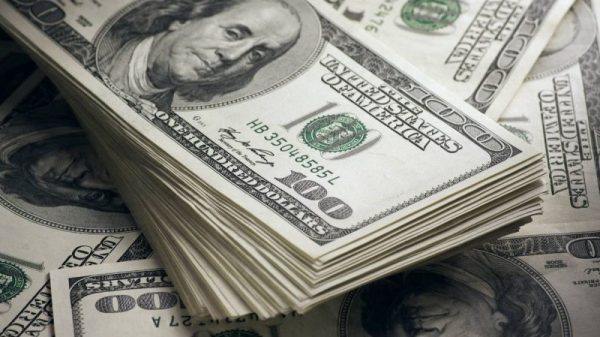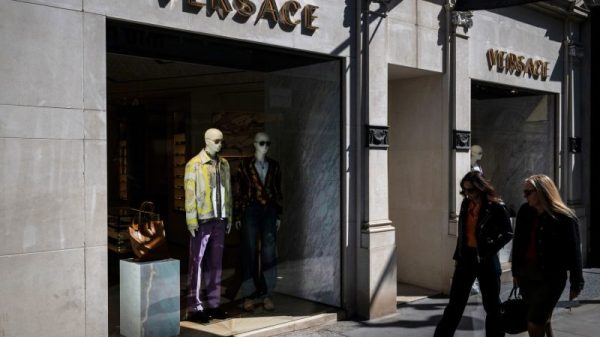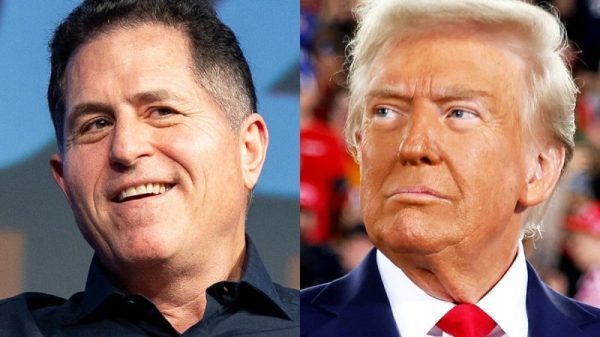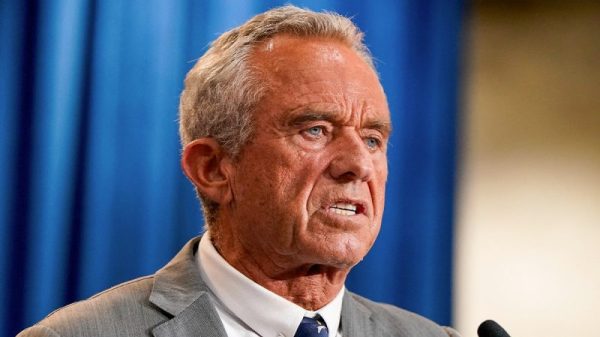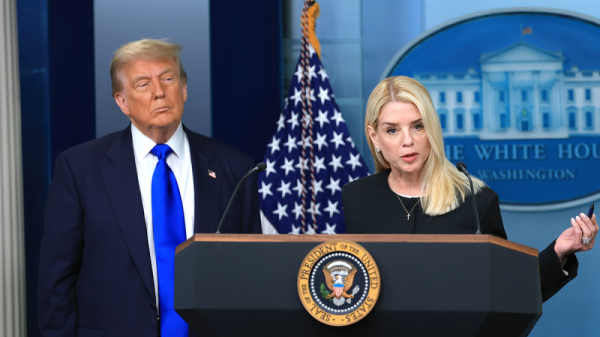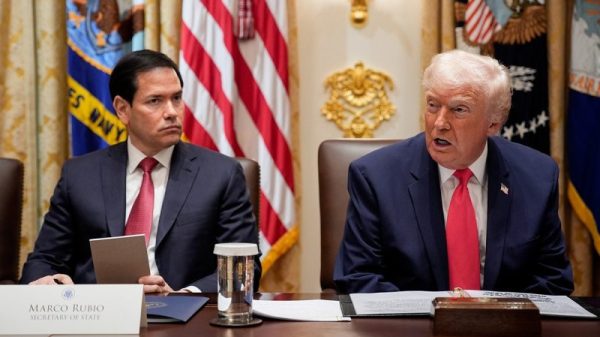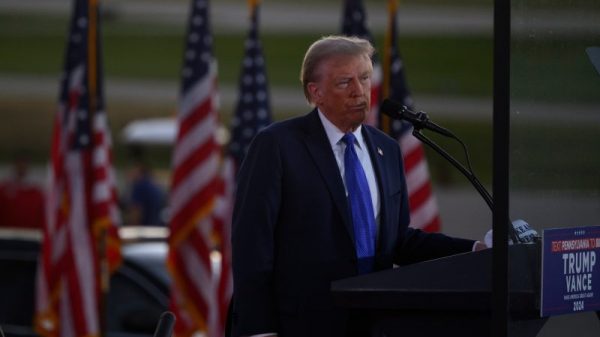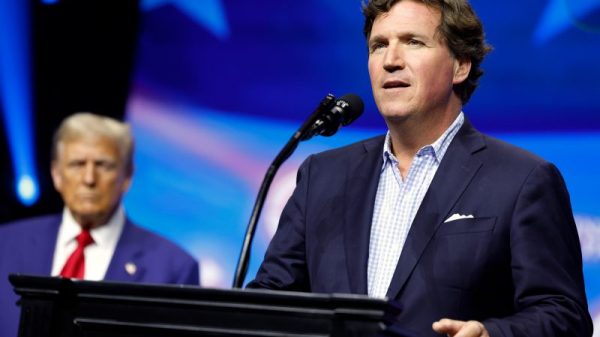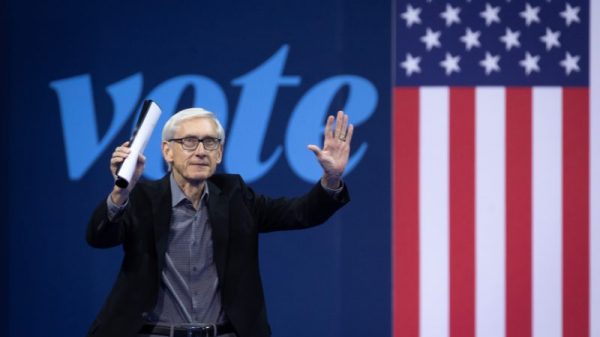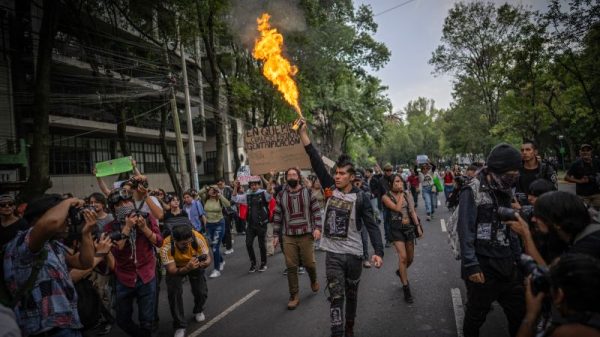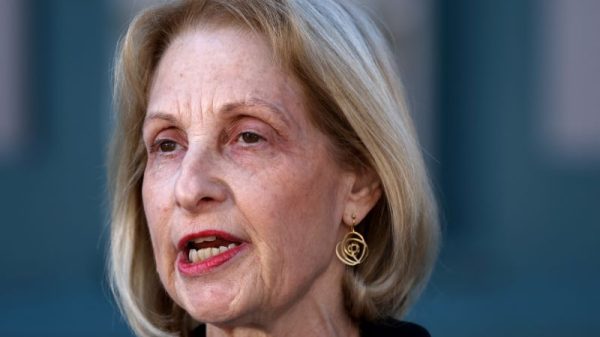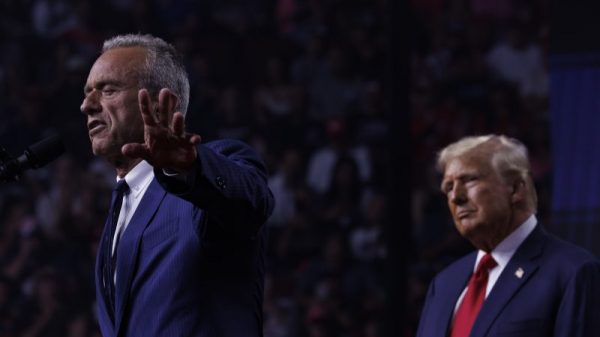One month ago, the Republican Party was convening in Milwaukee to anoint Donald Trump as its presidential nominee for the third consecutive election. The convention was energetic and brash; the attempt on Trump’s life had reinforced Republicans’ already robust enthusiasm for their candidate, and Trump skeptics had long ago been rooted out of the inner circle. Polling showed that the former president was on a glide path to election. States that hadn’t been red in decades suddenly looked like they might be in play in 2024.
Then the convention ended. President Joe Biden announced that he would no longer seek the Democratic Party’s nomination, clearing the way for Vice President Kamala Harris. Democrats, suddenly giddy about their chances and about their candidate, threw cash at the revamped candidacy. Harris surged in the polls.
But that wasn’t the only shift the race has undergone in recent months. In addition to Trump suddenly facing an entirely new opponent — to his obvious chagrin — he’s also facing a shifted political landscape. He’d intended to run against Biden and the Biden administration’s track record on crime, immigration and inflation. But none of those attacks is as potent as it was two years ago.
Crime
It goes without saying that the coronavirus pandemic upended the country in numerous ways. What was not clear at the time, though, was how sticky the effects might be. When violent crime surged in 2020 and into 2021, for example, it wasn’t clear whether this was a permanent reversion of the downward trend the country had seen since the early 1990s.
Fox News has been consistently insistent that crime is surging under Biden, making fearmongering about crime a central component of its coverage before the 2022 midterms. Since that point, though, data has repeatedly indicated that crime — and violent crime in particular — has declined over the past few years.
As we’ve noted, measuring national crime trends in real time is tricky. Data are available in some cities, but consistent national data is gathered only well after the fact. Even then, it’s often incomplete. But the data that are available and outside analyses of city-level trends suggest a noteworthy decline.
Last week, the Major Cities Chiefs Association, an organization of law enforcement leaders, released data showing sharp drops in violent crime in a number of large American cities between the first half of 2023 and the first half of 2024. Biden hailed the data, crediting the American Rescue Plan.
This is not the only such data. FBI data released in June showed a similar year-over-year decline, as did data the bureau released in December. When the agency released its data for 2022, it showed a decrease in crime that year — contrary to Fox News’s coverage.
Immigration
Mirroring his 2016 campaign for president, Trump has focused heavily on immigration in his bid to regain the presidency. He’s fond of amplifying data about the number of apprehensions at the U.S.-Mexico border to suggest that the country is overrun with new arrivals, particularly those who entered the country illegally.
This rhetoric is enabled by the complexity of the subject (like that those entering the country to seek asylum are often granted permission to remain and that a large percentage of those apprehended have been quickly removed from the country). But Trump’s assertions about an “open border” are also hobbled by the striking decrease in apprehensions in recent months.
In December, nearly 250,000 people were apprehended between border checkpoints on the border with Mexico. In January, though, the number was half as large. From February to March, the monthly figure dropped by 2 percent. From March to April, it was down 6 percent. Then 9 percent the next month and, in June, down 29 percent over May — the month in which the Biden administration unveiled new rules governing asylum applications. The result is that apprehensions in June were a third of those seen in December.
The figure is still high, certainly, more in line with levels of apprehensions seen during the administration of George W. Bush than that of Barack Obama. Apprehensions were low under Obama in part because the U.S. economy was still recovering from the recession; they were unusually low in 2020 because of the pandemic.
Another way to look at it: There were fewer apprehensions between border checkpoints in June 2024 than there were in June 2019 under Donald Trump.
Prices
The central argument Trump has been using for his candidacy, of course, is that the country has been wracked by inflation. And that’s true; after the initial restrictions linked to the pandemic were eased, prices surged along with demand.
Trump points to various products to emphasize those price increases. He often claims that gasoline jumped from $1.87 during his administration to somewhere north of $5 under Biden. Speaking to Elon Musk on Monday, he offered another example: Bacon now costs “4 or 5 times more than it did a few years ago.”
The reason gasoline was cheap during the Trump administration, of course, is that demand crashed as people were staying home to avoid the coronavirus. Nor are national prices north of $5; they’ve leveled off in recent months in the $3.50 range, according to the Energy Information Administration. Bacon did surge in cost in 2021, but has since stabilized (well below four times what it cost a few years ago).
It’s worth noting, by the way, that the national average price of gas in recent months is somewhat lower than it was under Obama. It was during the Obama administration that prices dropped to the levels that Trump now exaggerates.
What’s important about the gas and bacon prices, though, is that, after the initial surge, prices didn’t keep climbing higher and higher. Prices of those products jumped — and then remained at those new higher levels.
This isn’t great, and these are just two products. It is also true, as the administration argues, that average wages have increased more rapidly since 2021 and that the increase in the rate of inflation has slowed. (You can see it on the graph at right below, that little inflection point marked with the vertical dotted line.) The rate of increase in wages has in recent months consistently been larger than the rate of increase of inflation, in fact.
On Wednesday, the Bureau of Labor Statistics released new data on inflation showing that the annual increase last month was lower than at any point since March 2021. Again, this isn’t deflation, a decrease in prices. But it does suggest that the valid concerns about the rate at which prices were increasing have been significantly addressed.
This is an esoteric evaluation of the economy, certainly, but polling data suggests that Trump’s advantage on the economy has narrowed, in part thanks to the change at the top of the Democratic ticket.
These shifts also are not likely to change Trump’s rhetoric. He is no more interested in presenting accurate information about crime, immigration and inflation than he ever was, so he highlights things like the unmeasured-and-exaggerated concept of “migrant crime” to stoke fears about the direction of the country.
Still, the current numbers are a reflection of how the ground under Trump’s feet has shifted. He’s running against the first half of Biden’s administration, when Biden was his opponent and crime, inflation and immigration were acute problems. But now, to his chagrin, it’s 2024. The landscape is very different.

